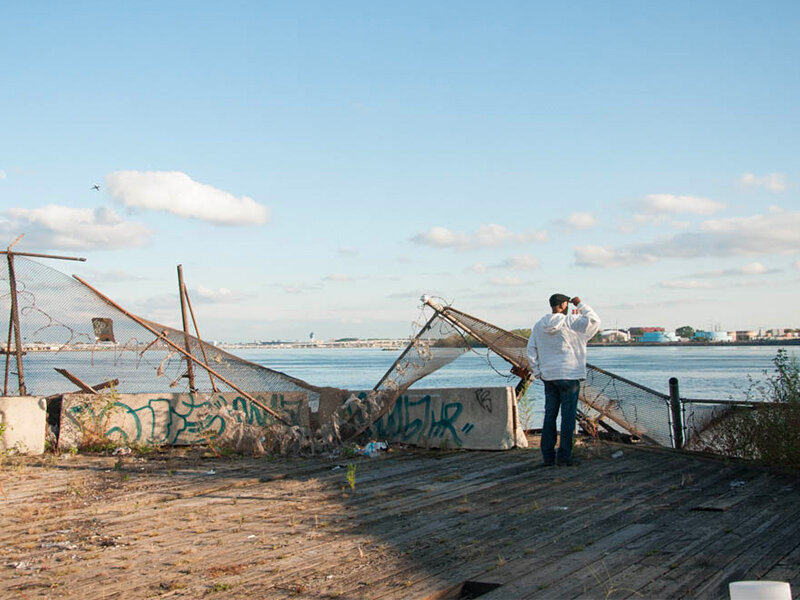
COMMUNITY MANAGED WATERFRONT
The Challenge
As Manhattan enjoys yet another new waterfront park (i.e., Little Island, with a price tag of $260 million), in the South Bronx, a coastal community, access to our waterfront is non-existent. Instead, our waterfront is dotted with waste transfer stations, peak power plants, printing presses for The Wall Street Journal and New York Post, and warehouses for companies like Fresh Direct, which alone sees approximately 1,000 daily diesel truck trips a day.
All of this, combined with major expressways that surround and cut through our community, has resulted in some of the worst air pollution levels in the country. The very air we breathe is killing us.
Known as “Asthma Alley,” one in five children in the South Bronx suffers from asthma (the highest in the country), and asthma hospitalization rates are 21 times higher than any other NYC neighborhood.
A 2019 study by the National Academy of Sciences highlights this pollution inequity by measuring the undue burden placed on the health of Black and Brown communities by air pollution disproportionately generated by white people’s consumption of goods and services. The study reveals that Black Americans are exposed to approximately 56% more pollution than is caused by their consumption, and Latinx Americans 63% more, whereas non-Latinx whites breathe about 17% less air pollution than they cause, earning a “pollution advantage.”
For us in the South Bronx, access to the waterfront and to open green spaces with cleaner air isn’t just a matter of recreation, it’s a matter of our health, if not our lives.
Our Response
Mott Haven-Port
Morris Waterfront Plan
The Mott Haven-Port Morris Waterfront Plan is a proposal to provide 100,000+ people access to a public waterfront that, for decades, has been inaccessible.
Polluting Facilities on Our Waterfront
This interactive map shows a wide array of polluting facilities located along / in close proximity to the Mott Haven-Port Morris Waterfront.















